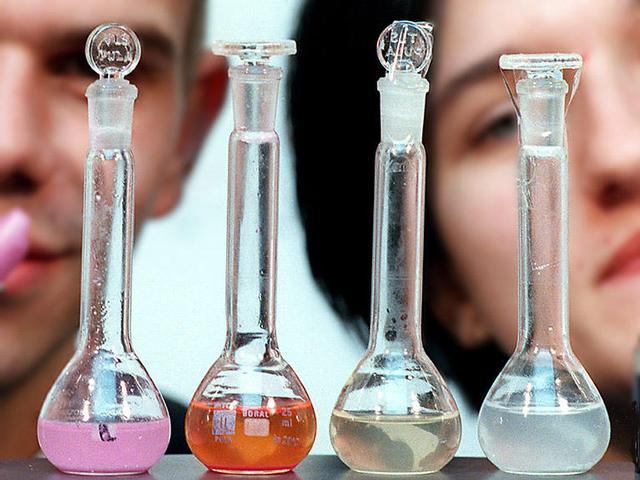Organic chemistry is the study of compounds which contain C-C or C-H bonds. You might question, “Why dedicate a whole discipline to just carbon substances?”
The response is 2 fold:
There are a lot more compounds which contain carbon than compounds that do not.
The compounds with carbon can be huge and complicated.
Organic chemistry is a huge part of our lives, from the easy sugars and amino acids to the complex enzymes and also significant DNA molecules. Organic chemistry is involved in the growth of the food you eat; the clothes you wear; the plastics as well as polymers that are all around you; the medications you utilize; your gas, chemicals, toxins, soaps as well as detergents.
The properties of natural compounds differ from those of not natural substances. Organic substances have
reduced melting points
reduced boiling points
soluble organic solvents rather than water
poor electric conductivity.
Organic reactions are normally slow and create low returns of item because of the many side responses that can occur.
Although, there are numerous well-known organic substances, the aspects they contain are reasonably few. Besides, carbon as well as hydrogen, there is oxygen, nitrogen, sulfur, phosphorus and also the halogens.
The range of natural substances is due to the many different setups, or frameworks, that are feasible. The chemical and physical homes of these compounds belong to the frameworks of their particles. Hence, the crucial to comprehending natural chemistry is an understanding molecular framework and chemical bonding.

Carbon
Keep in mind, carbon has four valence electrons and can obtain a stable arrangement by forming 4 covalent bonds. Carbon can create single, dual or three-way bonds as well as only a few aspects can do this. Likewise, carbon is one-of-a-kind because it bonds easily with other carbon atoms, while other elements seldom bond with like atoms. Thus, carbon can form long chains, branched chains, rings and rings with chains for a vast selection of substances.
Hydrocarbons
Many natural compounds contain only carbon as well as hydrogen atoms as well as are referred to as hydrocarbons. Hydrocarbons are partitioned right into two groups-aliphatic hydrocarbons and aromatic hydrocarbons. The aliphatic hydrocarbons that are acyclic (chains) or cyclic (rings) and include just sigma bonds are saturated hydrocarbons. Those that have both sigma and pi bonds are known as unsaturated hydrocarbons. The aromatic hydrocarbons are cyclic hydrocarbons that contain three dual bonds.
The aliphatic hydrocarbons consist of chains of carbon atoms with hydrogen attached to the outsides of the chain. Since carbon can create solitary, dual and also three-way bonds 3 types of aliphatic hydrocarbons are possible-alkanes, alkenes as well as alkynes. Find out more information on the chemistry tuition Singapore here.
Alkanes
Alkanes are hydrocarbons in which there are just single covalent bonds in between the carbon atoms. The general formula for alkanes is Cn H2n +2, where n is the variety of carbon atoms in the chain. The size of the carbon chain often tends to influence the physical buildings such as boiling point and also melting point as a result of the variation in stamina of the dipersion forces.
Calling alkanes is basic, just choose the prefix that suggests the variety of carbons in the chain and include the suffix -ane to the end.
Alkenes
Alkenes are compounds in which there goes to least one dual covalent bond in between the carbon atoms. The basic formula for alkenes is Cn H2n, where n is the variety of carbon atoms in the chain. To name alkenes, suggest where the dual bond is by numbering the carbon chain starting with the end closest to the dual bond. After that use a prefix to suggest the number of carbons in the chain and also include the suffix -ene to the end. For chains that contain two double bonds, list the place of the dual bonds and also include the suffix -adiene throughout.
Alkynes
Alkynes are substances in which there is at the very least one dual covalent bond between the carbon atoms. The basic formula for alkenes is CnH2n-2, where n is the number of carbon atoms in the chain. To call alkynes, show where the triple bond is by numbering the carbon chain starting with the end closest to the triple bond. After that utilize a prefix to show the number of carbons in the chain and add the suffix -yne to the end.
